The Orlando Area-Mosquito Lagoon Fishing Report from Spotted Tail 1.8.12
The new year brought a blast of cold air with it.
Tuesday the wind blew about 25 miles an hour. The high was in the 50s. The temperature Tuesday night got close to freezing.
Wednesday morning, in the most relaxed way, I put one of the kayaks on the roof and drove to River Breeze to paddle fish the Mosquito Lagoon. It was still only in the 50s when I got there about 11 AM.
Last time I paddle fished I whined about the water being too high and too dirty. Someone pulled the plug, because the water was all gone. I had to walk a good part of the way to my intended fishing spot.
Ha-ha. There was no water there. Literally. The parts of the pond that still had water were only a few inches deep. I found nine seatrout in the 5-7 pound range floating, dead.
Quite sad.
I found a small, deep (three feet or so) hole in an otherwise shallow canal. Redfish were stacked up in there. I didn’t count but I was well into double digits before I took pity on them and stopped. Most were small but half a dozen or so were in the slot. The fly was a brown redfish worm. I think an acorn would have worked.
I wanted to check other spots but couldn’t go anyplace else. There wasn’t enough water to float the kayak. I walked it most of the way back and loaded it up around 4:30.
Thursday morning there was frost everywhere. Chris Myers and I took the Reflection 17 to the no motor area of the Banana River Lagoon. It is amazing how fast that water cleared up once the cold weather finally got here.
The day was cool, chilly, a tad breezy, but sunny and spectacular!
The fishing was ridiculous. We both caught redfish, black drum, and seatrout all day long, mostly on a black redfish worm. The trout averaged about 20 inches long, solid fish all. Chris got a couple reds on a green crab pattern.
We threw at some big reds but the biggest we got, and Chris got all three, were about 32 inches. Chris complained that the “little” 32 inch reds beat the big ones to the fly. I like days where that’s the biggest problem. They are much too rare.
Friday Dr. George Yarko and I were at Haulover Canal at the relatively brisk time of 8:30 AM. The day was perfect, magnificent. There were no clouds, hardly any wind. The temperature rose into the low 70s.
There should have been fish everywhere.
We went as far north as JBs Fish Camp. Anyone who fishes the Mosquito Lagoon will tell you that’s a fair ride. We maybe saw two dozen fish all day.
George had one bite, a trout, on a DOA Shrimp. As luck goes, the fish came off. Several other guides went fishless too, so I know it waren’t just me!
Back in the day I would have been upset. Now I wonder why they weren’t there, and appreciate the day for the finest example of Florida weather.
We were off the water before 4 PM.
On Saturday Iowa City fly fisher Mark Hale joined me for some fly fishing on Mosquito Lagoon. Again, the weather was spectacular. After the beatdown of the previous day I had some concern about our chances of success. And the first three places I looked held nothing.
Then I got lucky, and found a school of about 150 fish.
Mark had never caught a redfish before but he crushed the jinx by nailing five to 25 inches, using a rootbeer colored redfish worm. We were two happy boys.
Sunday Jonathan Evans, a fly fisher from Virginia, joined me for some fly fishing on Mosquito Lagoon. Again, the weather was spectacular.
We saw a few fish in the first spot- no bite. We saw a few fish in the second spot- no bite. The third spot had quite a few redfish, and we had shots at at least a dozen tailing fish. No bite. We got pushed off that spot by some yahoos. The fourth spot was barren.
Somewhere in there Jonathan caught a ten inch seatrout on a blind cast. It would turn out to be the only fish boated.
The next spot had some big (20 pound class) reds in deep, dirty water. We’d get a glimse and Jonathan would fire a cast. This happened a dozen times at least- no bite.
The last spot had the most fish of anywhere we’d been. We spent an hour there. Jonathan had one bite but the hook didn’t stick. Finally it was three o’clock and time to roll out. I hated to leave without the elusive fish but we’d had dozens of shots, changed flies a half dozen times, and still hadn’t had any success.
Some days it just don’t work.
Life is great and I love my work.
I keep saying it- life is short. Go Fishing!
John Kumiski
http://www.spottedtail.com
All content in this blog, including writing and photos, copyright John Kumiski 2012. All rights are reserved.
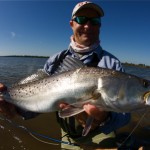
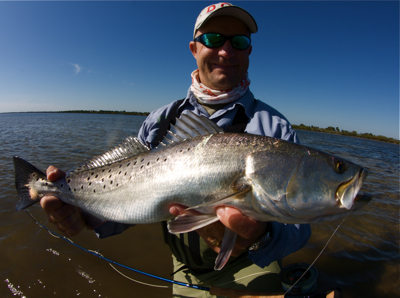
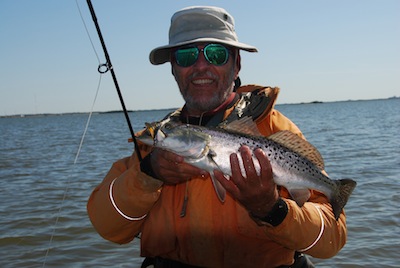
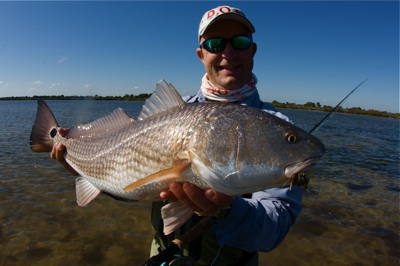
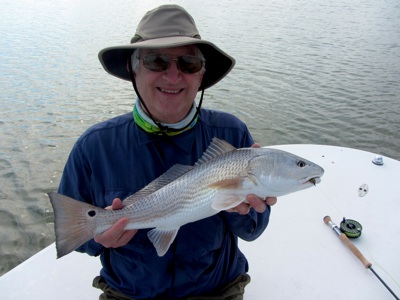
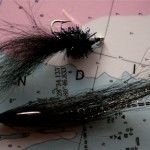
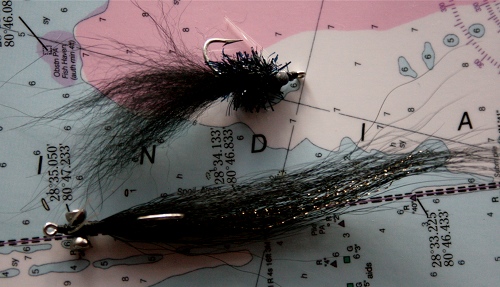
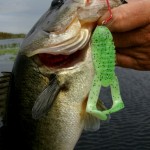
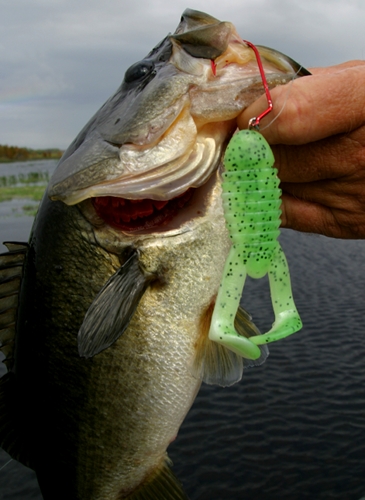
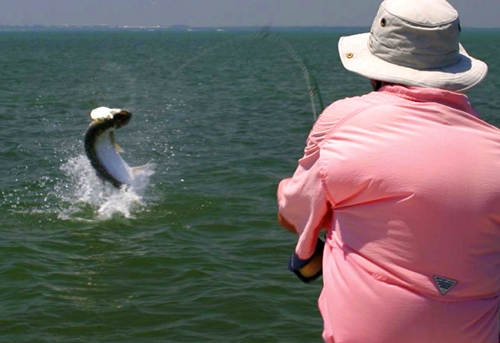
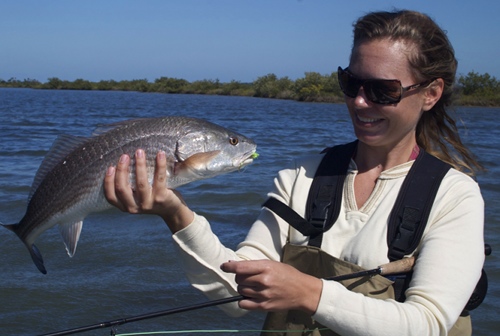
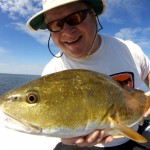

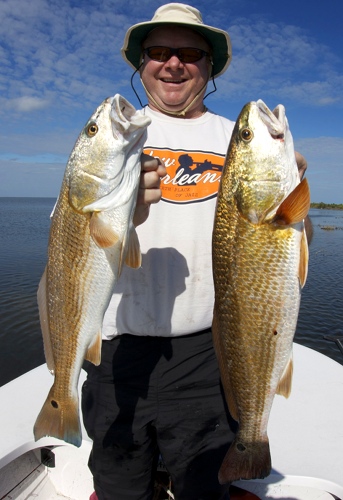

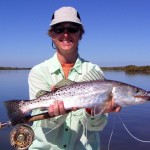

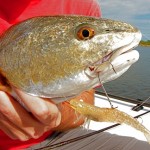
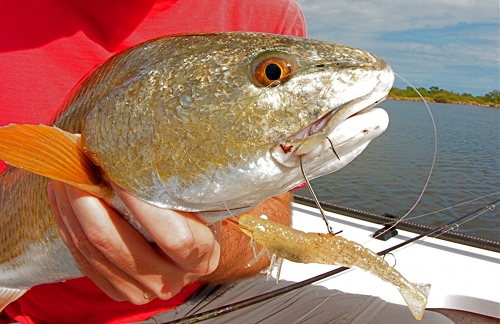
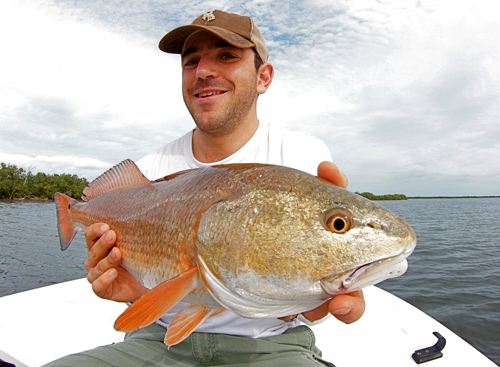
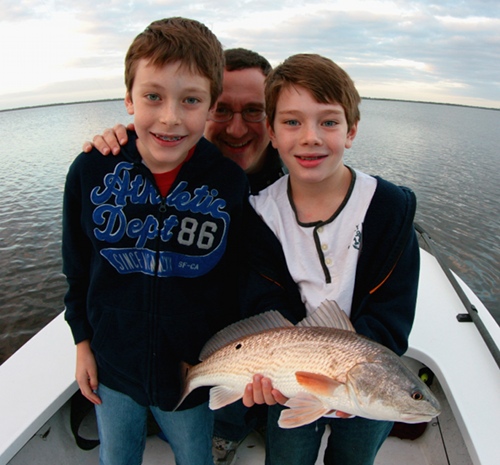
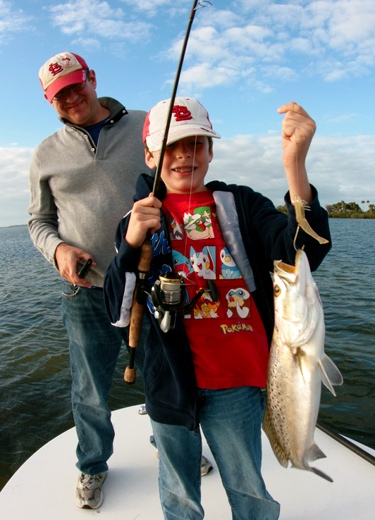

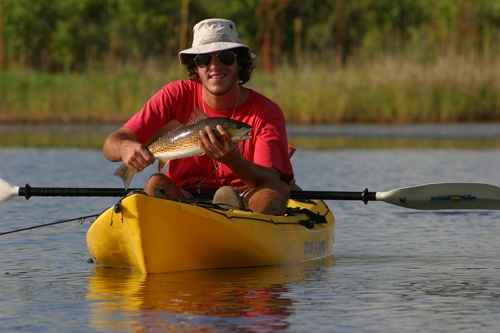

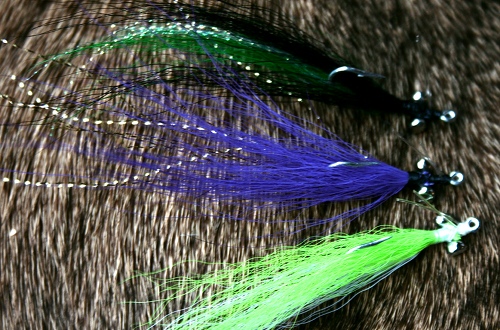
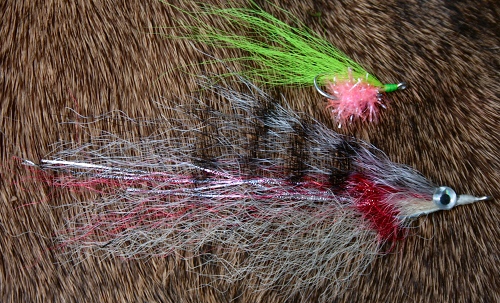
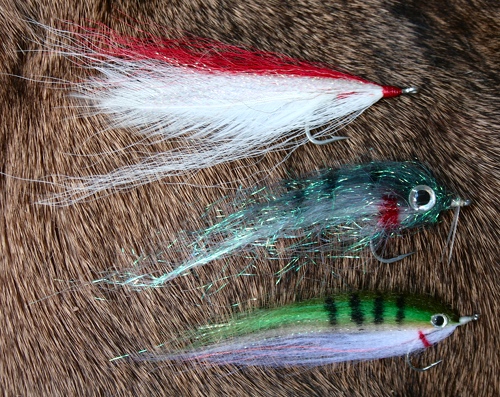
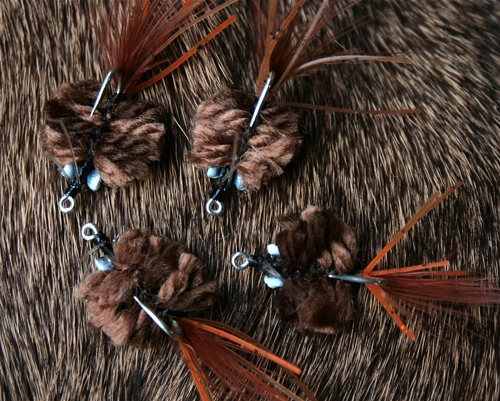
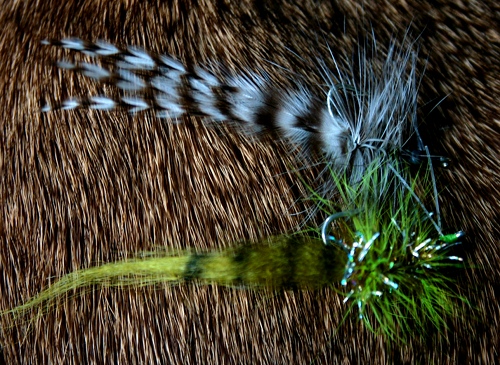
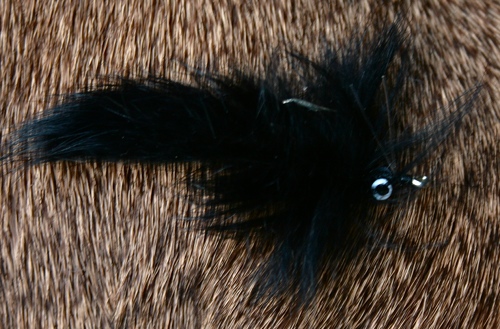
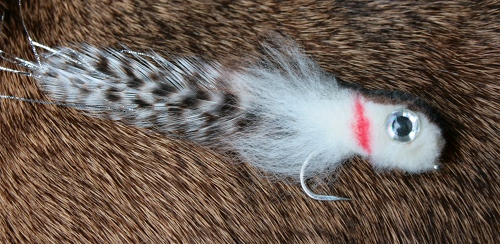

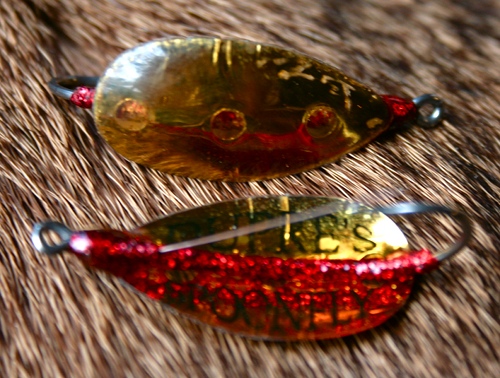
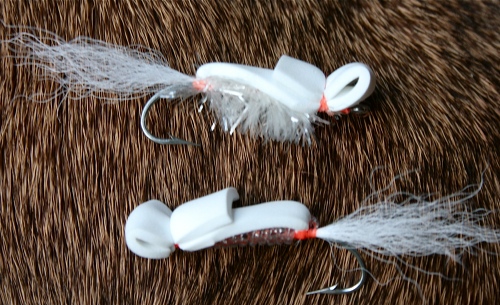
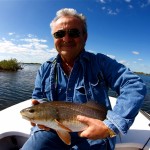
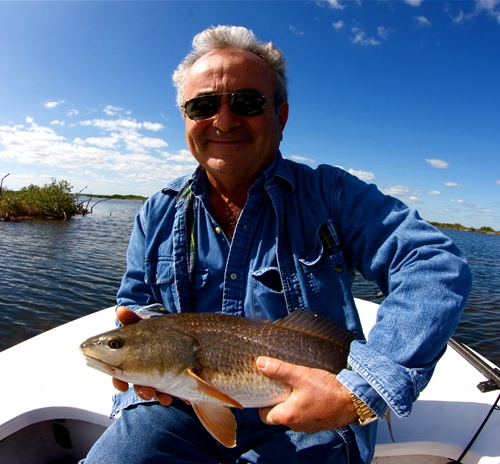
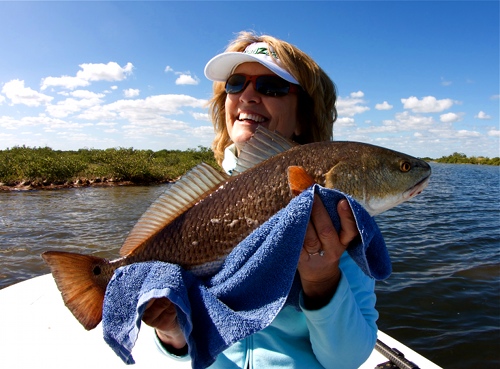
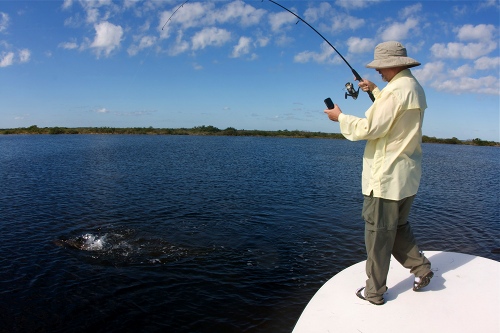
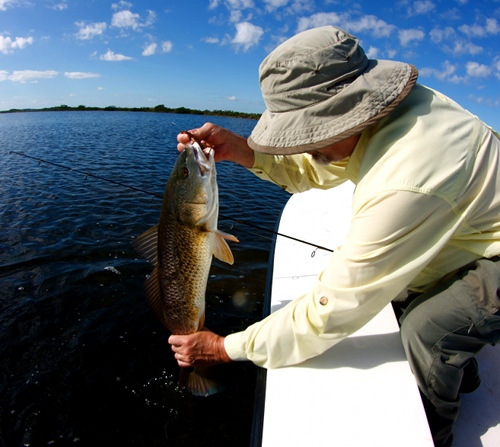
Recent Comments